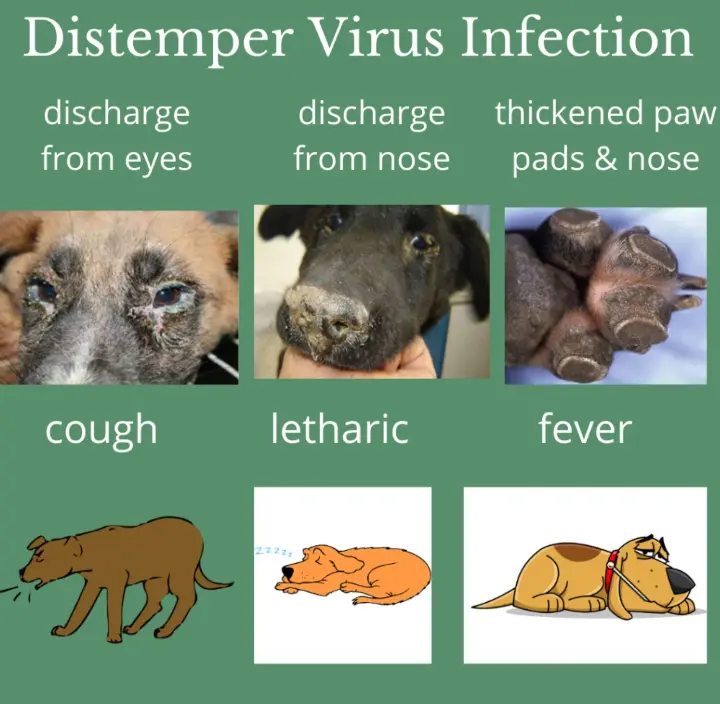Canine distemper virus (CDV) is a highly contagious and potentially fatal viral disease affecting dogs worldwide. Recognizing the risks, identifying symptoms, and implementing preventive measures are crucial steps in safeguarding canine health. Let's explore the complexities of canine distemper virus and strategies for its management.
Risks:
Canine distemper virus spreads through direct contact with infected animals or their bodily fluids, as well as through contaminated objects. Unvaccinated dogs and puppies are particularly vulnerable, especially in areas with high population densities or inadequate vaccination coverage. Wildlife reservoirs, such as raccoons and foxes, can also contribute to the transmission of the virus to domestic dogs.
Symptoms:
The clinical signs of canine distemper virus can vary widely, affecting multiple organ systems. Common symptoms include:
- Respiratory signs: Coughing, sneezing, nasal discharge, and difficulty breathing.
- Gastrointestinal signs: Vomiting, diarrhea, and loss of appetite.
- Neurological signs: Seizures, tremors, weakness, and paralysis.
- Ocular signs: Conjunctivitis, discharge from the eyes, and vision impairment.
- Dermatological signs: Skin lesions, including hyperkeratosis of footpads and nose.
Diagnosis:
Diagnosing canine distemper virus involves a combination of clinical evaluation, Pet Rapid Test, and serological assays. Common diagnostic methods include:
- Clinical examination: Assessment of clinical signs and history of exposure.
- Polymerase Chain Reaction (PCR): Molecular detection of viral RNA in bodily fluids or tissues.
- Serology: Veterinary test to detect antibodies against canine distemper virus antigens.
Prevention:
Preventing canine distemper virus relies on comprehensive vaccination programs and effective biosecurity measures. Key preventive strategies include:
- Vaccination: Administering a series of vaccinations to puppies and booster shots to adult dogs according to the recommended schedule.
- Quarantine: Isolating infected or suspected animals to prevent transmission to susceptible individuals.
- Environmental hygiene: Disinfecting surfaces and objects to reduce the persistence of the virus in the environment.
- Avoiding contact with wildlife: Limiting exposure to wildlife reservoirs, such as raccoons and foxes, to minimize the risk of transmission.
Conclusion:
Canine distemper virus remains a significant threat to canine health and welfare, emphasizing the importance of proactive prevention and vigilant management. By understanding the risks, recognizing symptoms, and implementing preventive measures, we can reduce the incidence and impact of this devastating disease on dogs and communities.
Find more at Bio FAST stay informed, stay proactive, and together, we can protect our canine companions from the dangers of canine distemper virus.
Source: https://www.bio-fast.com/

